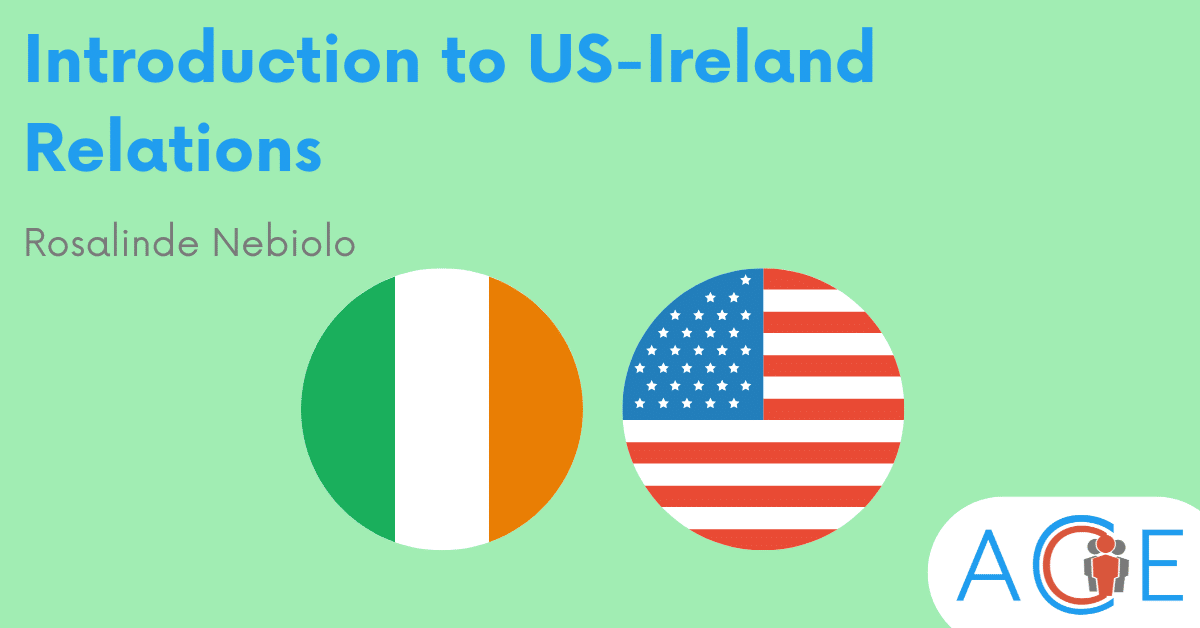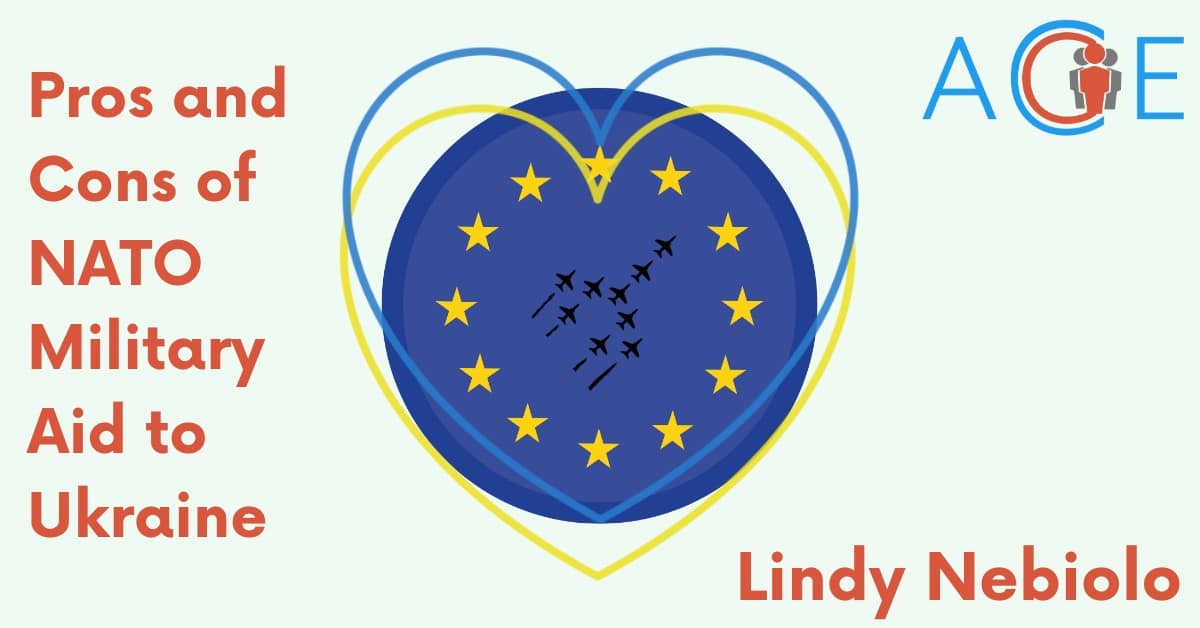Ireland, known as the Emerald Isle, is home to more than 5 million people and boasts a rich and distinct history. Once a British Empire colony, Ireland has been politically divided since 1921 into Northern Ireland, which is part of the UK, and the Republic of Ireland, an independent nation. The Reformation in England and the separation between Henry VIII and the Catholic Church in Rome deeply impacted Ireland. Tensions arose due to King James I’s strategy of urging Protestants to settle in the northern province of Ulster, aiming to prompt the Irish population to convert from Catholicism.
Today, Ireland maintains strong cultural ties with the United States as a result of mass migration due to famine from 1845-1855. Recent presidents have reiterated the shared sense of cultural identity that extends to many members of the Irish-American community as a result of the diaspora. Ireland has been a member of the United Nations since 1955 and a NATO member since 1973. Brexit, the decision by England to leave the European Union, seemingly re-ignited the debate surrounding the status of Northern Ireland for many politicians and scholars, demonstrating the ongoing tensions between the Republic of Ireland in the south and Northern Ireland.
Quick Facts
- Population: 5.3 million
- Capitol: Dublin
- System of Government: Parliamentary Republic
- President: Michael Higgins
- Taoiseach (Prime Minister): Leo Varadkar
- Official Languages: English, Celtic
- Real GDP: 515.88 billion (2021)
- Currency: Euro
Overview of History with the US
The foundation of the modern Irish state can be traced back to the 1900s and World War I. The desire for Irish nationhood, similar to other emerging nations, was fueled by the principles outlined in former US President Woodrow Wilson’s Fourteen Points and the establishment of the League of Nations. From 1919 to 1921, various factions in Ireland engaged in a violent struggle for independence. Sinn Fein, meaning “We Ourselves,” emerged in 1905 as the political arm of the paramilitary IRA (Irish Republican Army). This group advocated for a unified Irish state and separation from the UK.
The party proclaimed an Irish Republic, which was met with resistance from the British administration and the predominantly Protestant unionist province of Ulster (now known as Northern Ireland). In reaction, the Irish Republican Army was established to combat the British administration. Since their inception, both Sinn Fein and the IRA have experienced divisions leading to various splinter groups and internal changes. Following negotiations that led to separation from the UK, Ireland’s lower house of parliament, known as Dáil Éireann, became part of the League of Nations in 1923, marking the creation of the Irish Free State. However, the divisions between the northern and southern regions, as well as between Protestant and Catholic communities, persisted.
During the 1800s, potatoes were vital for sustenance in Ireland. The Potato Famine began when a disease wiped out most of the Irish potato crops. Many believed that the British government provided inadequate assistance, leading to widespread starvation. The scarcity of resources resulted in a severe crisis. Around 1.5 million people emigrated to America between 1845 and 1855. These migrants encountered numerous challenges, including bias and poverty, as they gradually assimilated into American society. The narrative of Irish-Americans progressing from marginalized individuals to holding the highest office in the country remains a source of cultural pride. These connections have played a significant role in American diplomacy with Ireland. Presently, the Irish-American community maintains a strong connection to their Irish heritage. This bond between Ireland and Irish-Americans has impacted American policymaking, prompting leaders to employ diplomatic approaches to address conflicts. As of 2021, over 31 million Americans identified themselves as having Irish ancestry. Several US presidents, including John F.Kennedy, Bill Clinton, and Joe Biden, have openly discussed their Irish-American heritage while in office.
The Troubles, lasting from the 1960s to the 1990s, began with a civil rights movement in Northern Ireland led by the Catholic minority. They faced inequalities compared to the Protestant majority. The situation escalated into violence, with both sides contributing. This conflict heavily impacted Irish politics, especially given the ongoing debate about whether Ireland should secede from the UK—a desire largely held by the Republic of Ireland but not by Northern Ireland. The issue was complicated by acts of terrorism by factions of the IRA and other groups.
Irish-American communities during that time were torn between backing Irish unification and independence and feeling uneasy about supporting further violence by the IRA. President Clinton and the US government played a pivotal role in the Good Friday Agreement, a significant post-Cold War diplomatic initiative. This agreement successfully involved Sinn Fein in legitimate democratic processes. It achieved important milestones such as the disarmament of all parties and increased representation for the Catholic minority. It allowed Northern Ireland to remain a part of the UK. Although the Good Friday Agreement didn’t completely resolve all tensions among Ireland’s population, it paved the way for a more lasting peace.
US Interests
Ireland and the United States share deep cultural and economic ties. The two nations have maintained diplomatic ties since 1924, and President Clinton implemented substantial economic cooperation efforts that played a crucial role in stabilizing Ireland. This led to a strong and ongoing economic collaboration that continues to this day.
- Ireland’s foreign direct investment in the US in 2019 was approximately 343.5 billion dollars.
- More than 900 US-owned firms operate in Ireland, including Google and Facebook.
Ireland has pushed a foreign policy that centers peace, multilateralism, and military neutrality. Through the UN, Ireland has promoted peacekeeping and aid to crises in nations including Afghanistan, Syria, and Ethiopia. These support similar strategic interests of the United States to maintain peacekeeping efforts in these regions. Furthermore, Ireland has also given $134 million in nonlethal aid to Ukraine.
Brexit complicated the peace created through the Good Friday Agreement as the UK left the European Union. It necessitated a customs border between the Republic of Ireland and Northern Ireland, which many feared would reignite the conflict by encouraging remilitarization in the area. The crisis was averted with a special trading status, but is not fully resolved. The United States’ strategic interests lie in the larger European communal security and integration as a transatlantic partner. Furthermore, the US has interests in maintaining the agreement as a historic success in American diplomacy.



